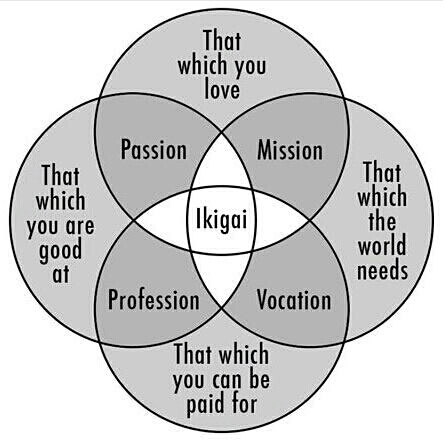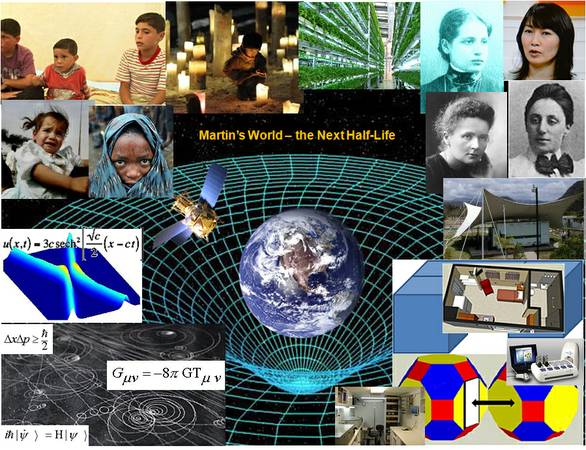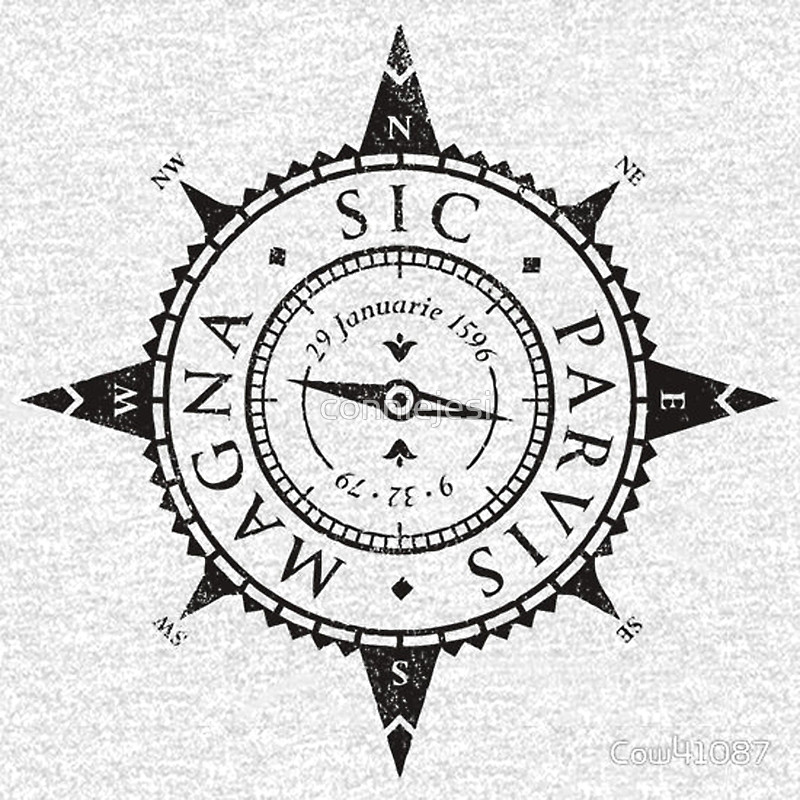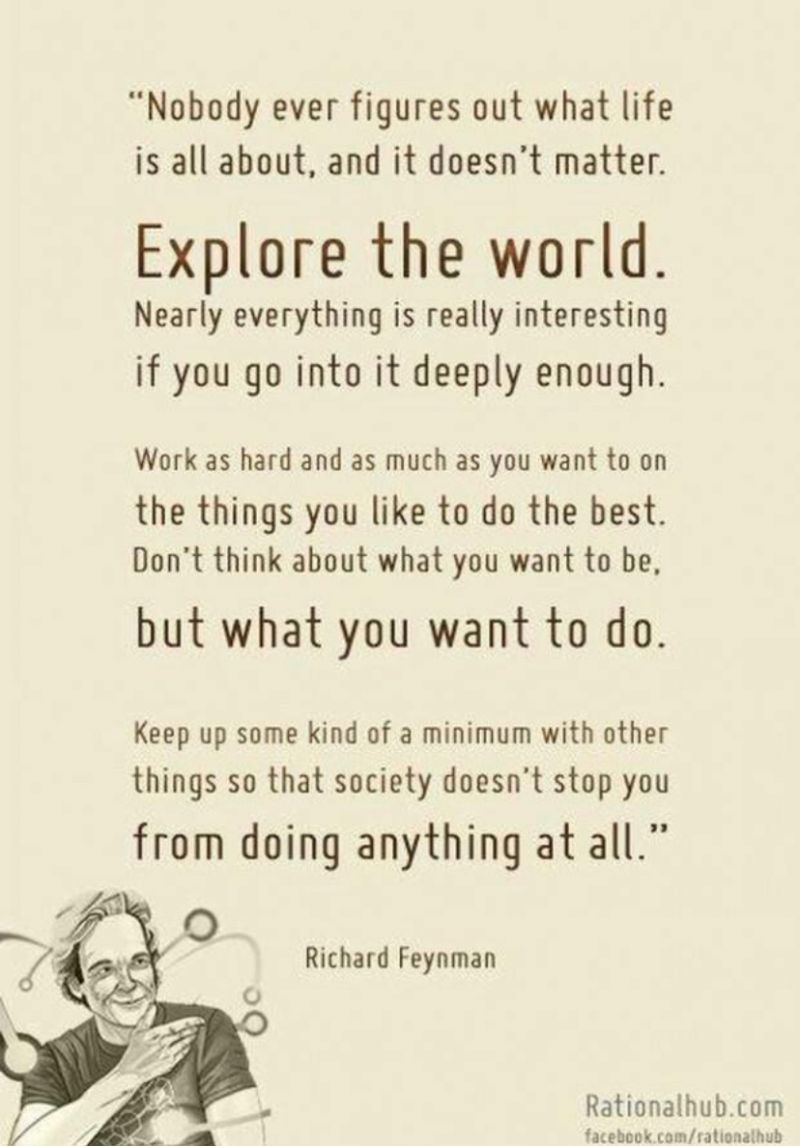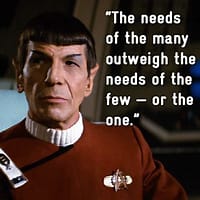
Here is an excerpt from a recent paper-in-progress:
One of the objectives in archaeology is to understand how remaining artifacts fit together both physically and functionally. We aspire to recreate how settlements ranging from short-term occupancy nomadic habitations to centuries-plus and millennia-occupied towns and cities were physically structured, modified, often severely destroyed by natural or human actions, and also, very significantly, how the structures and objects found in those locations were used. What were they for, who used them, in what ways, for what purposes.
In historical times there are firm records of many artifacts that have disappeared through a combination of cataclysms, thefts, and other acts of both human-induced and natural causes. Such losses include books, manuscripts, paintings, jewelry, and a host of other objects d’art and valuables which demonstrate historical, cultural, and monetary value.
The challenges to scientists, explorers, and experts in all of the pertinent fields are immense because of
many uncertainties, most of which are glaring open questions due to scarcity of reliable, verifiable
knowledge. Did the place or artifact actually exist, ever? Was it destroyed through any number of
actions in ancient or modern history? Was some artifact stolen, or found and then concealed, and
placed in some form of secret location, and perhaps forgotten with no clear record of its location now
accessible or existing?
...
Our position is that there are some valuable technologies now at our disposal, and many of these
involve mature and increasingly mature applications deriving from signal and image processing,
geospatial informatics, the broad field of data science including VLDB (very large database) analytics,
and particularly what we term SI – synthetic intelligence – the broad field of computational methods
generally known as artificial intelligence, neural networks, probabilistic reasoning, "deep learning", and
several other contemporary terms.
The SI "treasure chest" provides a mature and growing repertoire of mathematical and computational
resources that may be used by investigators and explorers, whether they are interested principally in
archaeology, anthropology, or particular subject-areas of specialization relating to arts, crafts,
agriculture, or many other disciplines. They may be invaluable in tracing the pathways of different
objects and the likelihood of objects or places being in specific accessible (or potentially accessible)
regions of the world. They may be very useful for specialists in the art, archaeology, anthropology and
law enforcement domains for tracking the locations of known, presumed, or probable stolen objects.
Some of these resources have developed and matured most strikingly in recent years within other
fields, notably medicine, agriculture, geological exploration for use in the mining and petroleum
industries, and within military applications as will be no surprise.
...
We consider how these types of computational resources can aid in tasks that have historically proven
to be challenging if not unsurmountable, to date, in the study of ancient historical life and the history of
objects known or believed to have existed in the past but which are missing, lost or destroyed in our
contemporary times. We examine how SI can assist in our attempts to rediscover habitations and other
physical structures, and unique artifacts including sculptures and objects, especially such as have been
associated with religion and sociopolitical power. We aim to present a path forward for using these
technologies in the context of exploration and discovery. We want to make progress in a new
methodology for learning about what humans have constructed, hundreds or thousands of years ago,
and which are in difficult states of ruin and decomposition, or lost forever. We aim to assist scholars
and students in the tasks of reducing uncertainty, doubt and often disbelief regarding how to interpret
the surviving evidence, and to help answer questions regarding whether or not there had been
something that existed in the very first place.
Did it exist and does it exist today and can we find it, and what special new understanding will the answers to these questions provide to us as we continue in our very innately human quest to understand Ourselves – that is how we want to apply the mathematics and the computations.
I have said and written this elsewhere and in many other forms:
I truly believe that we are capable of surviving as a species, and we are sustaining and evolving further and into wonderful futures as a species that can live in harmony with other Life. We are capable. It is in our nature. We must not commit racial suicide, as we have been on the verge of doing for the past century and especially in recent decades. We must Work Together. We must Learn how to practice 'coadunatio' - the gathering together and harvesting and organizing our best crops - our minds and hearts. Then we will have a blessed Future for humanity and for Life Itself."

"Let us go Together where No Persons have gone - to Space, yes, and to the depths of our Hearts. and let us Realize our Dreams by working together."
Another recent quote from Dr. D, known for speaking straight-up and to-the-mark:
"There is no point to doing anything that is challenging, difficult, expensive, exhausting, and hard, unless it is going to have results that are extraordinarily, outrageously, powerfully, miraculously Great!"
And, if you want to understand better about the "how and why and wherefore" of this Exploration that dares to claim that we can better understand ourselves by examining - objectively, without bias, and with the aid of our intelligence technologies - our entire Past History, our Life as Humans on Earth - and that in so doing - with our brains thinking clearly, and our hands and feet often dirty in the soil, sand, mud, jungle or wherever we need to go - we will reveal truths that overturn many long-standing prejudices and presuppositions about humans, race, sex, origins, inventions, lifestyles, and more --- well, then, here are a few more images that I have frequently shared:
